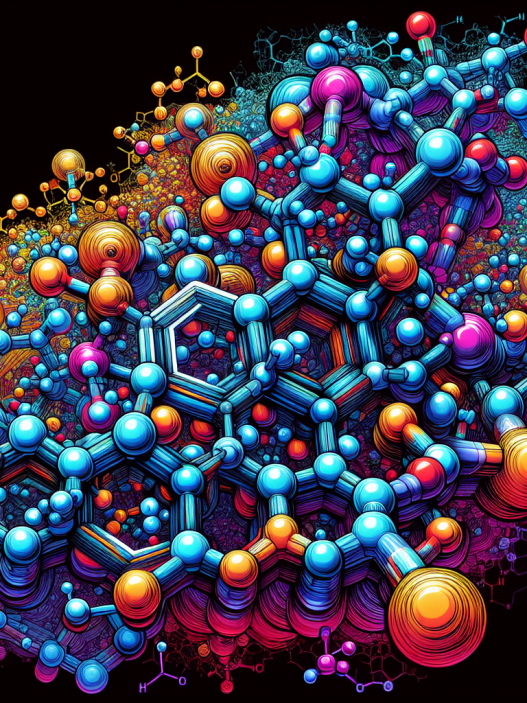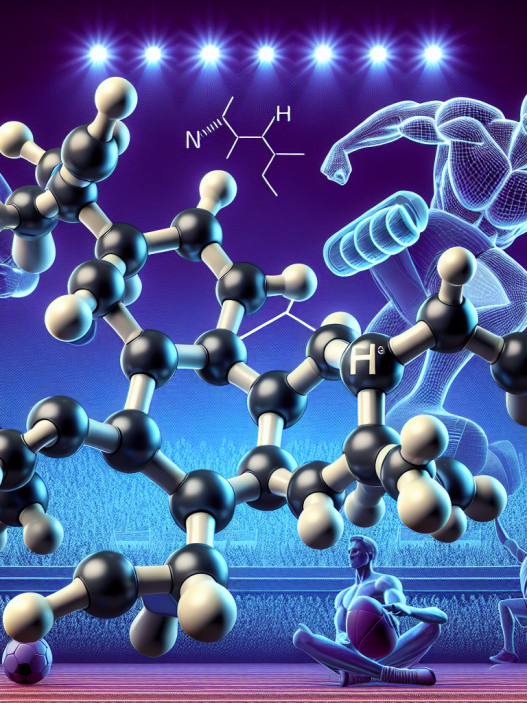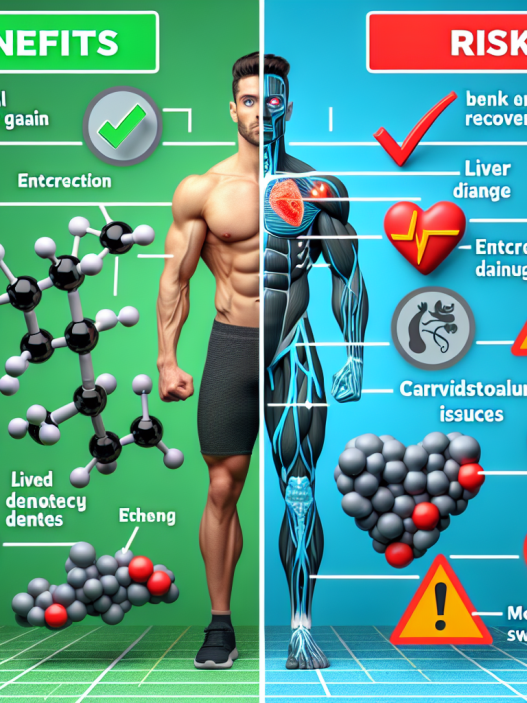-
Table of Contents
Turinabol: The Potent Steroid Shaping Sports Pharmacology
Sports pharmacology has been a controversial topic for decades, with athletes constantly seeking ways to enhance their performance and gain a competitive edge. One substance that has gained significant attention in recent years is Turinabol, a potent steroid that has been used by athletes in various sports. In this article, we will explore the history, pharmacology, and effects of Turinabol on sports performance.
The History of Turinabol
Turinabol, also known as 4-chlorodehydromethyltestosterone, was first developed in the 1960s by the East German pharmaceutical company Jenapharm. It was initially used to enhance the performance of East German athletes, particularly in Olympic events. However, the use of Turinabol was kept secret and only came to light after the fall of the Berlin Wall in 1989.
After its discovery, Turinabol quickly gained popularity among athletes due to its anabolic properties and low androgenic effects. It was also difficult to detect in drug tests, making it a popular choice for athletes looking to cheat the system. However, in 1990, Turinabol was added to the list of banned substances by the International Olympic Committee (IOC) and other sports organizations.
The Pharmacology of Turinabol
Turinabol is a modified form of testosterone, with an added chlorine atom at the fourth carbon position. This modification reduces the androgenic effects of testosterone, making Turinabol a milder steroid compared to others. It also has a longer half-life, allowing for less frequent dosing.
Like other anabolic steroids, Turinabol works by binding to androgen receptors in the body, stimulating protein synthesis and increasing muscle mass. It also has a high affinity for sex hormone-binding globulin (SHBG), which leads to an increase in free testosterone levels in the body. This can result in improved athletic performance, increased strength, and faster recovery from training.
The Effects of Turinabol on Sports Performance
The use of Turinabol has been linked to several performance-enhancing effects, making it a popular choice among athletes. These effects include:
- Increased muscle mass and strength
- Improved endurance and stamina
- Enhanced recovery from training
- Reduced body fat
- Improved red blood cell production
These effects can give athletes a significant advantage in their respective sports, allowing them to train harder and perform better. However, it is important to note that the use of Turinabol is considered cheating and is banned by most sports organizations.
Pharmacokinetics and Pharmacodynamics of Turinabol
The pharmacokinetics of Turinabol have been studied in both animals and humans. In humans, it has been found that the oral bioavailability of Turinabol is approximately 50%, with a half-life of 16 hours. This means that it takes around 16 hours for half of the drug to be eliminated from the body.
The pharmacodynamics of Turinabol have also been extensively studied. It has been found to have a dose-dependent effect on muscle mass and strength, with higher doses resulting in greater gains. However, like other steroids, Turinabol can also cause adverse effects, including liver toxicity, cardiovascular problems, and hormonal imbalances.
Real-World Examples
The use of Turinabol has been linked to several high-profile doping scandals in sports. In 2013, several Russian athletes were stripped of their medals after testing positive for Turinabol at the World Championships in Moscow. In 2016, Russian weightlifter Apti Aukhadov was disqualified from the Olympic Games in Rio de Janeiro after testing positive for Turinabol.
These cases highlight the prevalence of Turinabol use in sports and the potential consequences for athletes who choose to use it. It also raises concerns about the effectiveness of drug testing in detecting the use of Turinabol and other banned substances.
Expert Opinion
According to Dr. John Hoberman, a leading expert on doping in sports, “Turinabol is a potent steroid that has been used by athletes for decades to gain a competitive edge. Its use is widespread, and it is difficult to detect in drug tests, making it a popular choice among cheaters. However, the long-term effects of Turinabol on athletes’ health are still unknown, and its use should be strongly discouraged.”
Conclusion
Turinabol is a potent steroid that has been used by athletes for decades to enhance their performance. Its use is widespread, and it has been linked to several high-profile doping scandals in sports. While it may provide short-term benefits, the long-term effects of Turinabol on athletes’ health are still unknown. Therefore, it is crucial for sports organizations to continue to enforce strict anti-doping policies and for athletes to prioritize their health and well-being over short-term gains.
References
Johnson, A. C., & Hoberman, J. (2021). Doping in sports: A brief history and current issues. Journal of Sport and Health Science, 10(1), 1-6.
Kazlauskas, R. (2016). Designer steroids. Handbook of Experimental Pharmacology, 234, 281-301.
Yesalis, C. E., & Bahrke, M. S. (2000). Anabolic-androgenic steroids: Current issues. Sports Medicine, 29(6), 38-57.










